
SUSTAINABLE LAND MANAGEMENT IN ASIA INTRODUCING THE LANDSCAPE APPROACH
William Critchley and Frank Radstake

 Creative Commons Attribution 3.0 IGO license (CC BY 3.0 IGO)
Creative Commons Attribution 3.0 IGO license (CC BY 3.0 IGO)
2017 Asian Development Bank
6 ADB Avenue, Mandaluyong City, 1550 Metro Manila, Philippines
Tel +63 2 632 4444; Fax +63 2 636 2444
www.adb.org
Some rights reserved. Published in 2017.
Printed in the Philippines.
ISBN 978-92-9257-737-7 (Print), 978-92-9257-738-4 (e-ISBN)
Publication Stock No. RPT178638-2
DOI: http://dx.doi.org/10.22617/RPT178638-2
Cataloging-In-Publication Data
Asian Development Bank.
Sustainable land management in Asia: Introducing the landscape approach.
Mandaluyong City, Philippines: Asian Development Bank, 2017.
1. Agrobiodiversity. 2. Climate-smart agriculture. 3. Cross-slope barrier. 4. Forest management. 5. Landscape management technology. I. Asian Development Bank.
The views expressed in this publication are those of the authors and do not necessarily reflect the views and policies of the Asian Development Bank (ADB) or its Board of Governors or the governments they represent.
ADB does not guarantee the accuracy of the data included in this publication and accepts no responsibility for any consequence of their use. The mention of specific companies or products of manufacturers does not imply that they are endorsed or recommended by ADB in preference to others of a similar nature that are not mentioned.
By making any designation of or reference to a particular territory or geographic area, or by using the term country in this document, ADB does not intend to make any judgments as to the legal or other status of any territory or area.
This work is available under the Creative Commons Attribution 3.0 IGO license (CC BY 3.0 IGO) https://creativecommons.org/licenses/by/3.0/igo/. By using the content of this publication, you agree to be bound by the terms of this license.
This CC license does not apply to non-ADB copyright materials in this publication. If the material is attributed to another source, please contact the copyright owner or publisher of that source for permission to reproduce it. ADB cannot be held liable for any claims that arise as a result of your use of the material.
AttributionYou should always acknowledge ADB as the source using the following format:
[Author]. [Year of publication]. [Title of the work in italics]. [City of publication]: [Publisher]. ADB. [URL or DOI] [license].
TranslationsAny translations you create should carry the following disclaimer:
Originally published by ADB in English under the title [title in italics]. ADB. [URL or DOI] [license]. The quality of the translation and its coherence with the original text is the sole responsibility of the translator. The English original of this work is the only official version.
AdaptationsAny adaptations you create should carry the following disclaimer:
This is an adaptation of an original work titled [title in italics]. ADB. [URL or DOI][license]. The views expressed here are those of the authors and do not necessarily reflect the views and policies of ADB or its Board of Governors or the governments they represent. ADB does not endorse this work or guarantee the accuracy of the data included in this publication and accepts no responsibility for any consequence of their use.
Please contact if you have questions or comments with respect to content, or if you wish to obtain copyright permission for your intended use that does not fall within these terms, or for permission to use the ADB logo.
Notes:
In this publication, $ refers to US dollars.
ADB recognizes China as the Peoples Republic of China and Vietnam as Viet Nam. Corrigenda to ADB publications may be found at http://www.adb.org/publications/corrigenda
Contents
Figures and Boxes |
Foreword |
Acknowledgments |
Abbreviations |
Glossary of Terms |
1. Introduction: Addressing Renewed Challenges |
Historical Progress: But Problems Persist |
Green Growth: Facing Current Challenges |
2. Changing Perspectives: Paths Leading to a New Approach in Land Management |
Controlling Land Degradation: From Soil Conservation to Sustainable Land Management |
Ecosystems and Their Services: Working with Nature |
Agrobiodiversity: From Monocrops to Agro-Ecosystems |
Indigenous Knowledge and Innovation: The New from the Old |
Economics of Land Degradation: Cost Not Relevant? |
Agroforestry: From Farming in the Forest to Forestry in the Farm |
Water: Land Decisions Are Water Decisions |
Climate Change, Land, and Carbon: Pool, Sink, and Source |
REDD+: Money Growing on Trees? |
Climate-Smart Agriculture: Making Production Climate-Friendly |
3. The Landscape Approach: Returns and Resilience at Scale |
Landscapes: Integration of Production Systems and Conservation |
Development Consideration: Time and Scale Perspectives |
Sustainable Agriculture: Working with Ecosystems |
4. Designing Lasting Solutions: Sustainable Land Management |
Land Management: Evolving Approaches |
Assessing Technologies: The TEES-Test |
5. Technologies for Managing the Landscape: From Hilltop to Homestead |
Participatory Forest Management: Handing Back the Jungle to the People |
Cross-Slope Barriers: Contour Belts |
Conservation Agriculture: Three Pillars of Soil Health |
Homegardens: Mixing and MatchingIntegrating and Intensifying |
6. Implications for Investment Opportunities: Investing in a Greener Landscape |
National Level |
International Support |
References |
Figures and Boxes
Figures
| 1 | Status of Global Land Degradation, 2010 |
| 2 | Cross-Sectional View of Bench Terraces |
Boxes
| 1 | Ecosystem Services |
| 2 | The TEES-Test |
| 3 | Upscaling Conservation Agriculture in Shaanxi Province, Peoples Republic of China |
Foreword
The Asian Development Bank (ADB) has been at the forefront in supporting developing member countries in Asia and the Pacific to improve agricultural production, protect ecological resources, combat desertification, improve water resources management, and alleviate poverty. While member countries have applied different approaches, and demonstrated a variety of investment priorities, the overall objective has always been to ensure that lands are used in a sustainable manner.
Next page
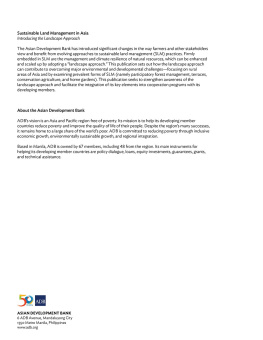

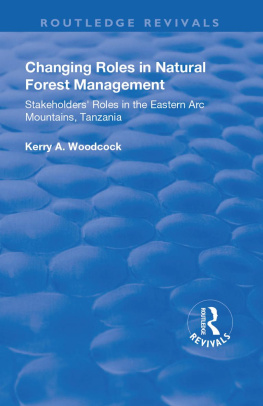
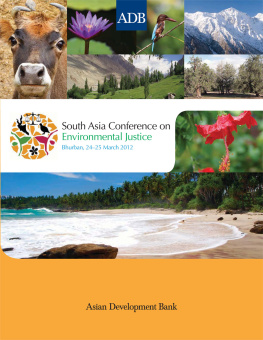
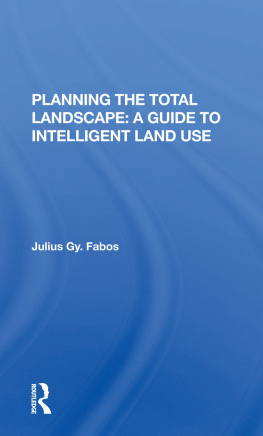
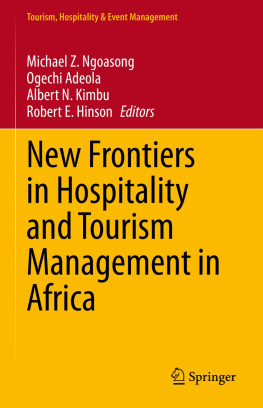
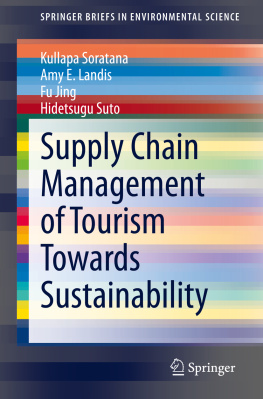
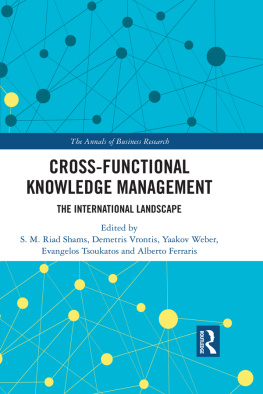
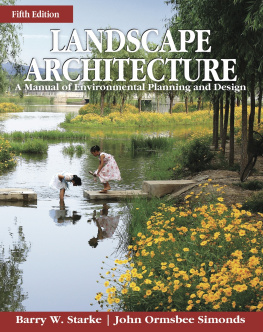
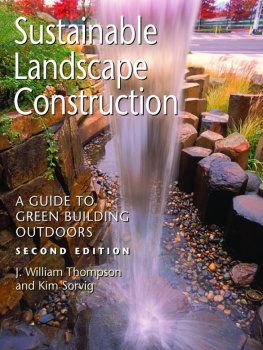


 Creative Commons Attribution 3.0 IGO license (CC BY 3.0 IGO)
Creative Commons Attribution 3.0 IGO license (CC BY 3.0 IGO)